Abstract
Eight hundred twenty clinical orbital cases have been reviewed as seen over a 34-year period. These are tabulated as to classification, numbers, and percentages. They include biopsy-proven (450 cases) and other clinical cases. These are patients seen by ophthalmologists practicing in an average community area rather than a large referral center and thus may be more truly representative of what might be encountered in practice. Any series has a certain bias. The advantage of a biopsy-proven series is recognized for the certainty and prognostic aspect. A clinical series represents a wider practical correlation and may include cases not likely to be biopsied, such as hemangioma. It is hoped that the percentage figures of these types of cases will help the clinician in his diagnostic evaluation of patients with orbital lesions. In this series 34% of the orbital lesions were malignant which warrants an aggressive approach for such cases rather than conservative supervision. Because of the very limited number or absence of some types of cases even in a large clinical or biopsy-proven series, I feel it warrants the development of a standard classification of lesions to be used by everyone. Also, assembling the data on infrequent types of lesions from a number of medical centers would give a much larger series and would have a more meaningful prognostic significance. This might be accomplished through one of our national ophthalmologic societies.
Full text
PDF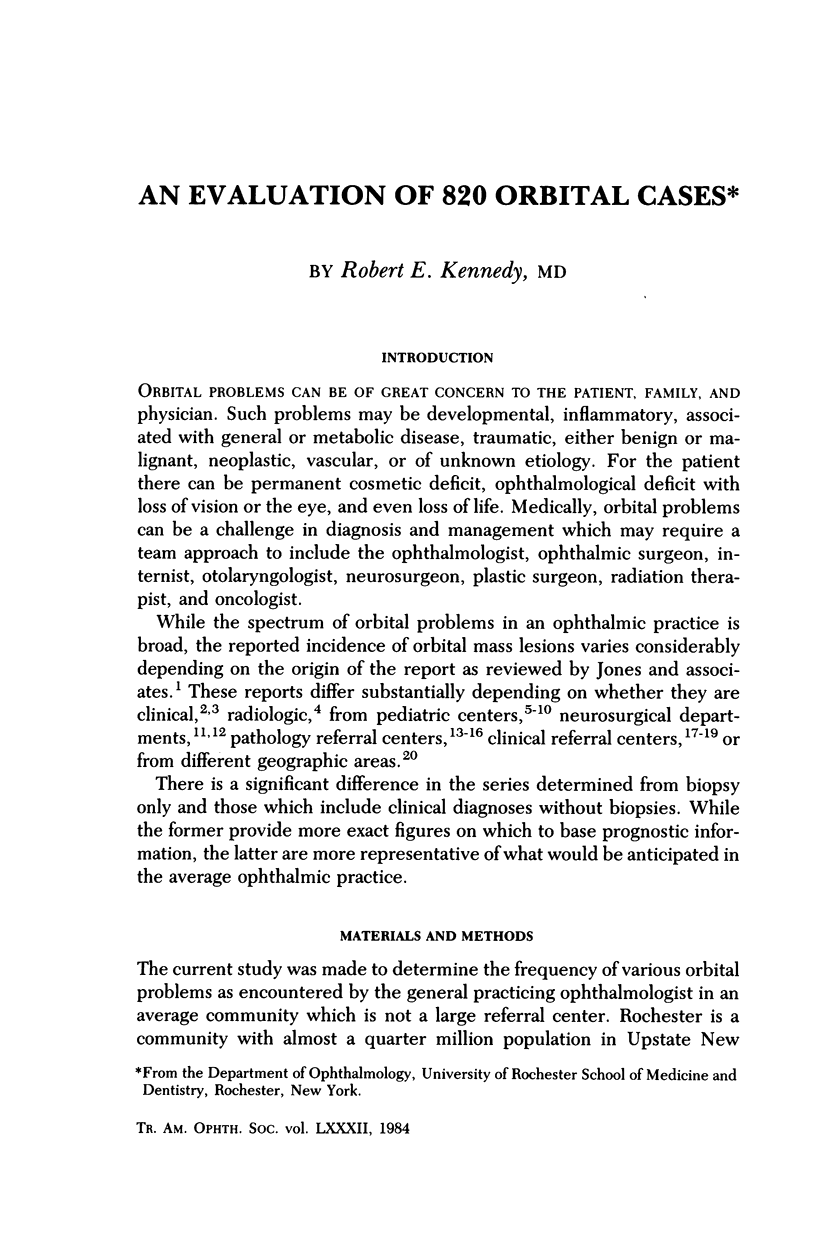
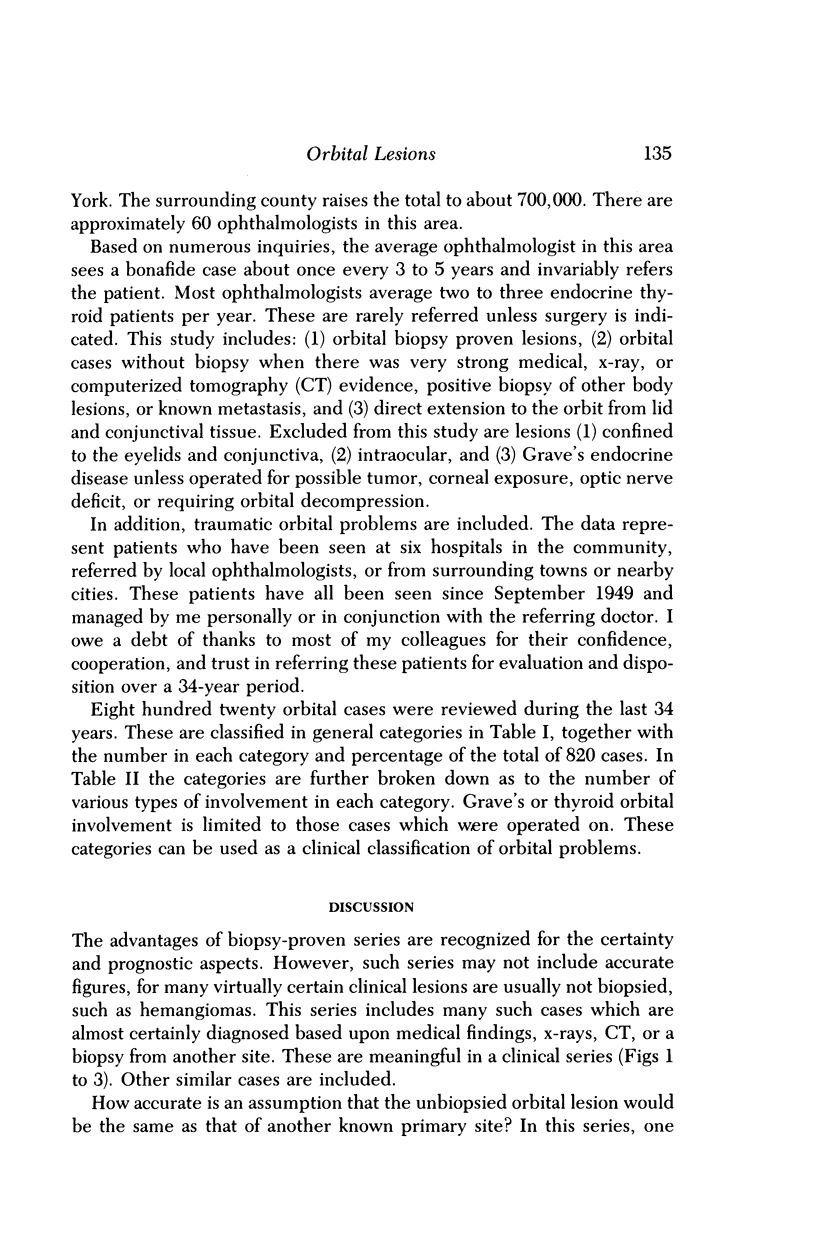
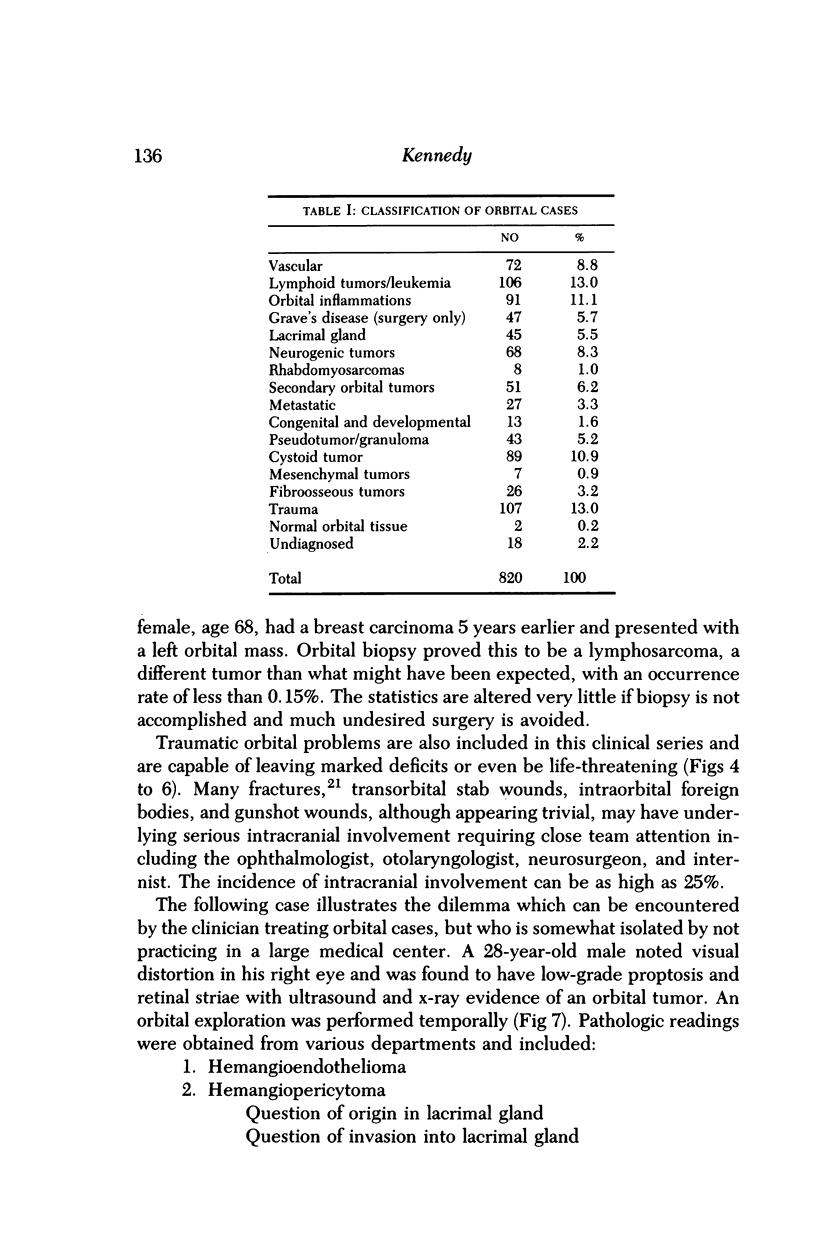

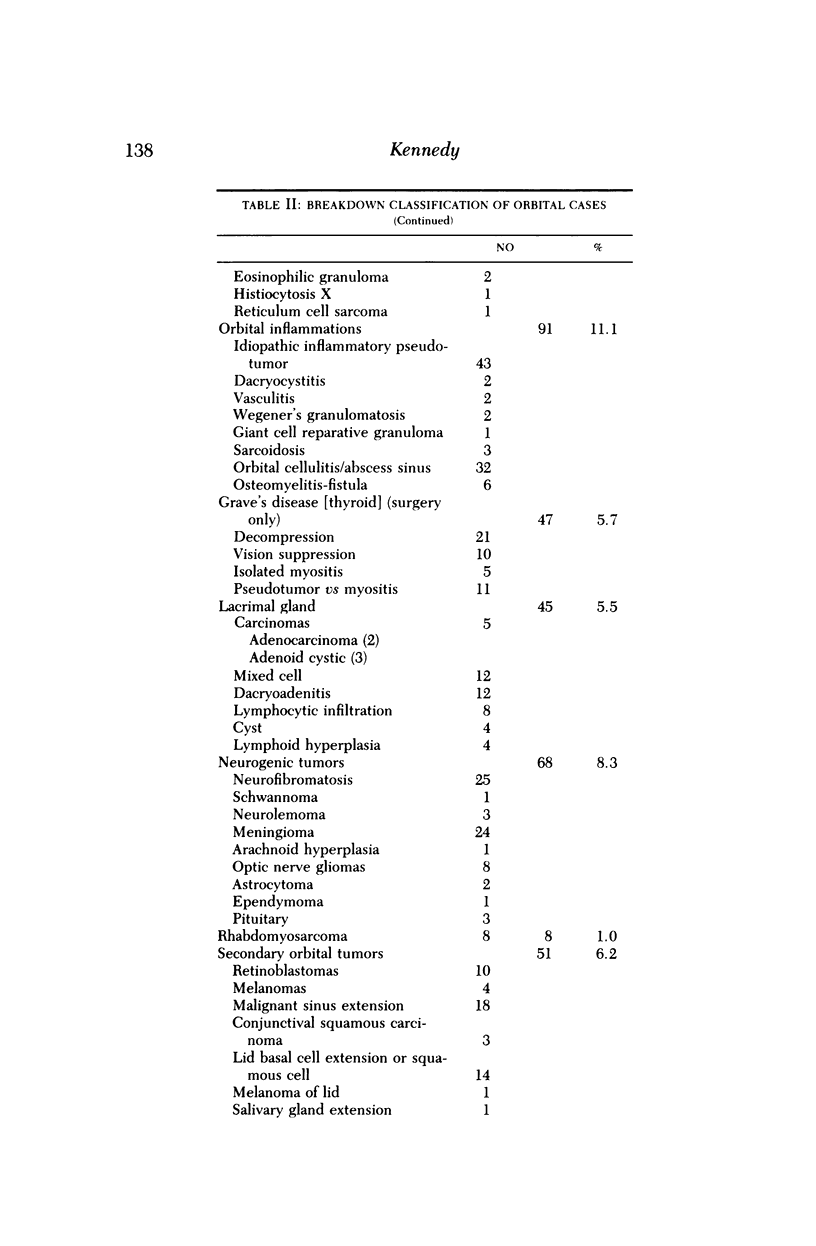
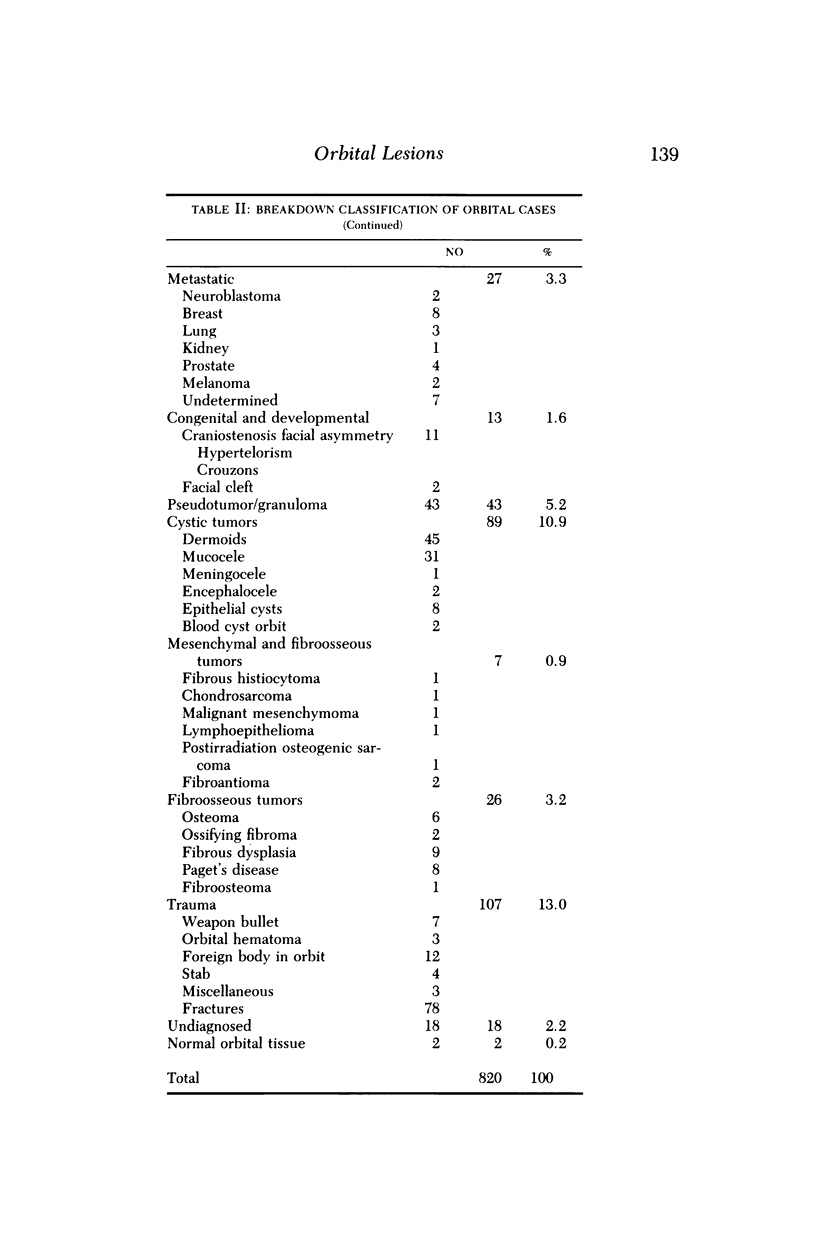
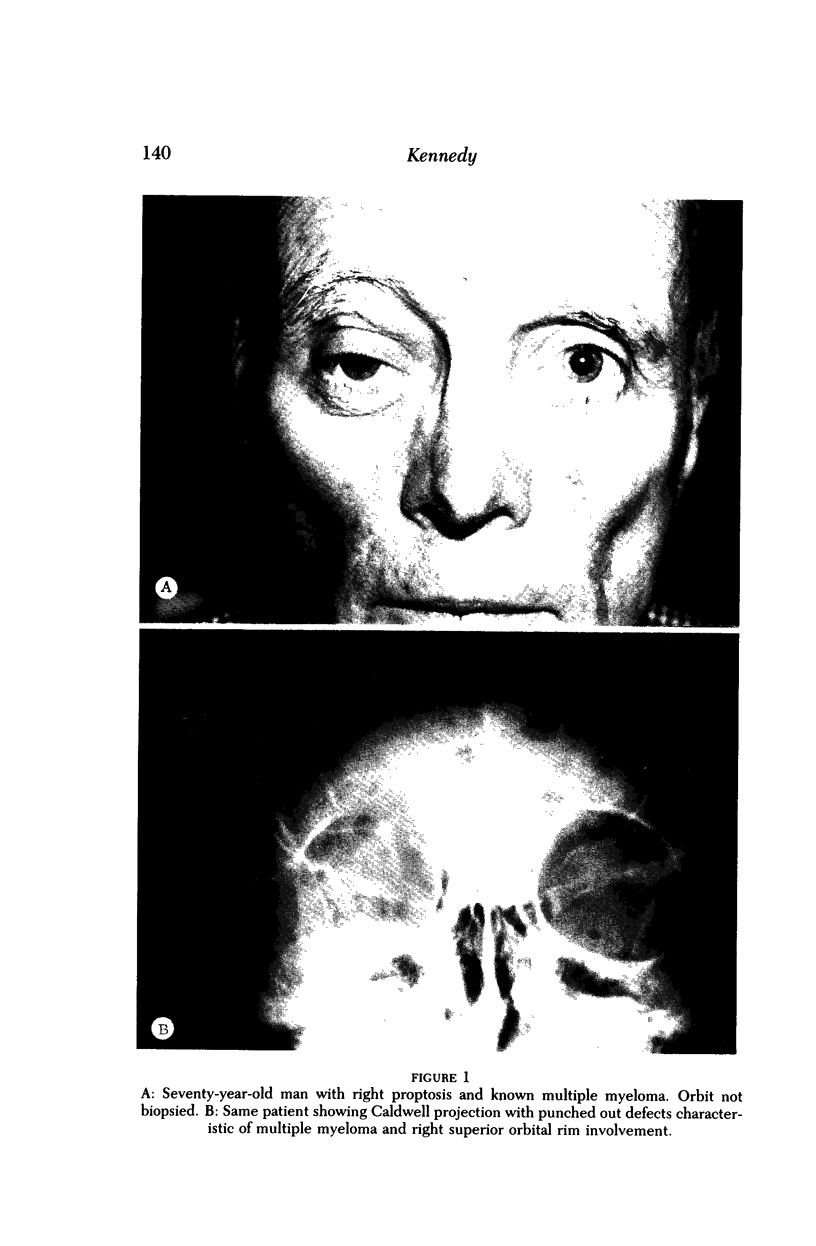
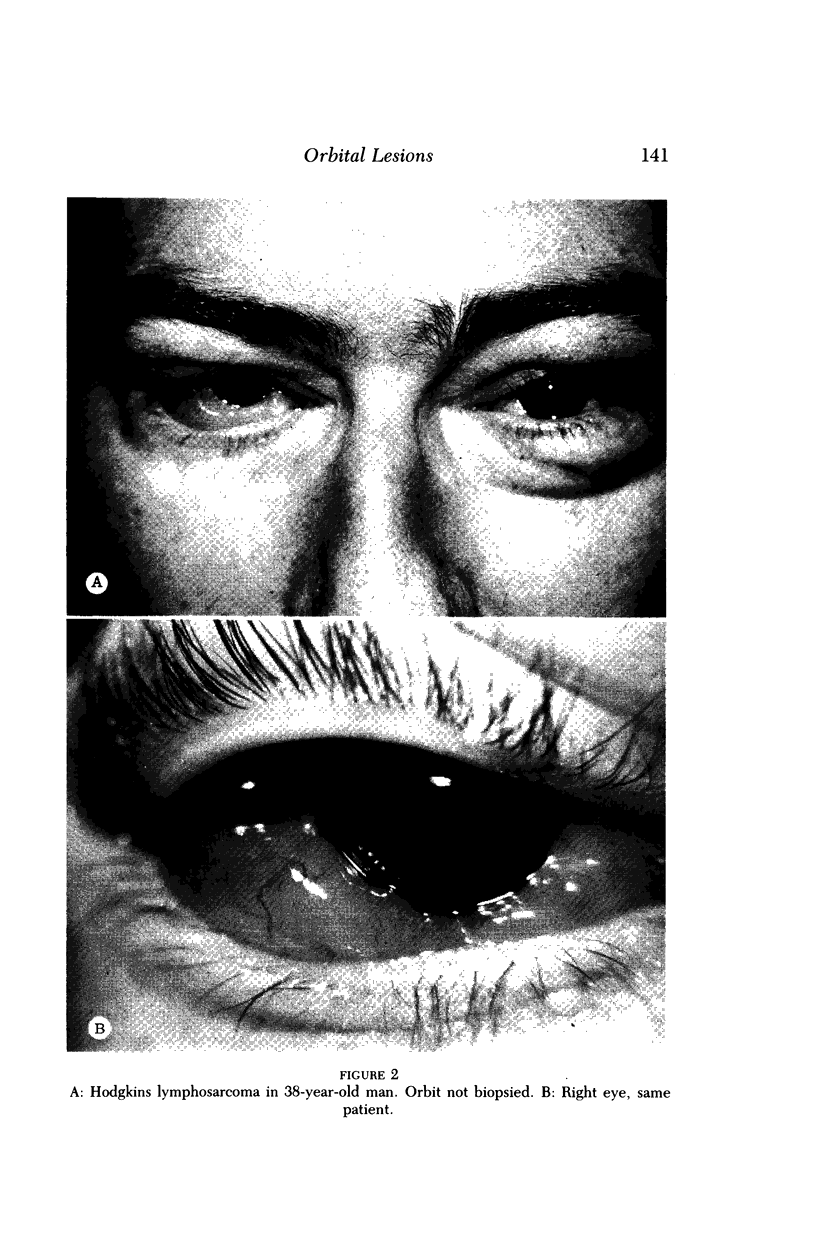
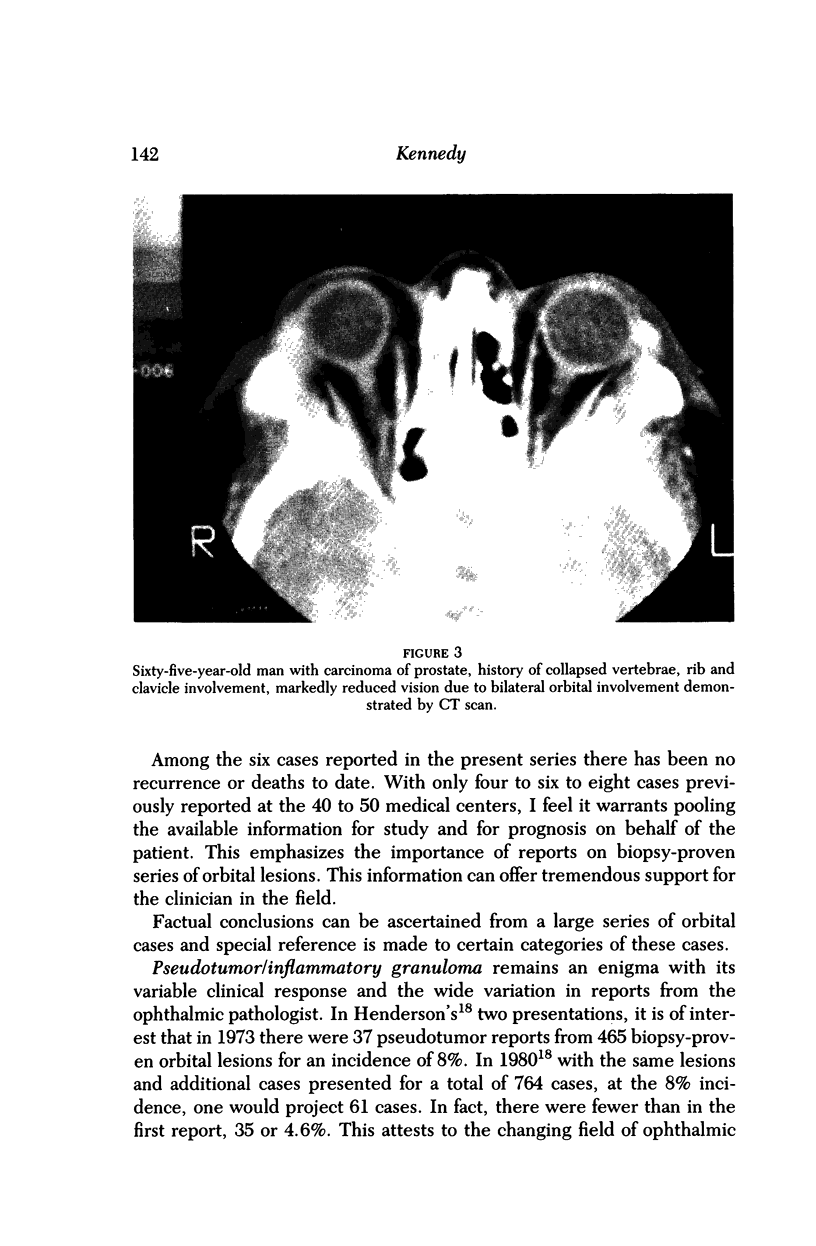
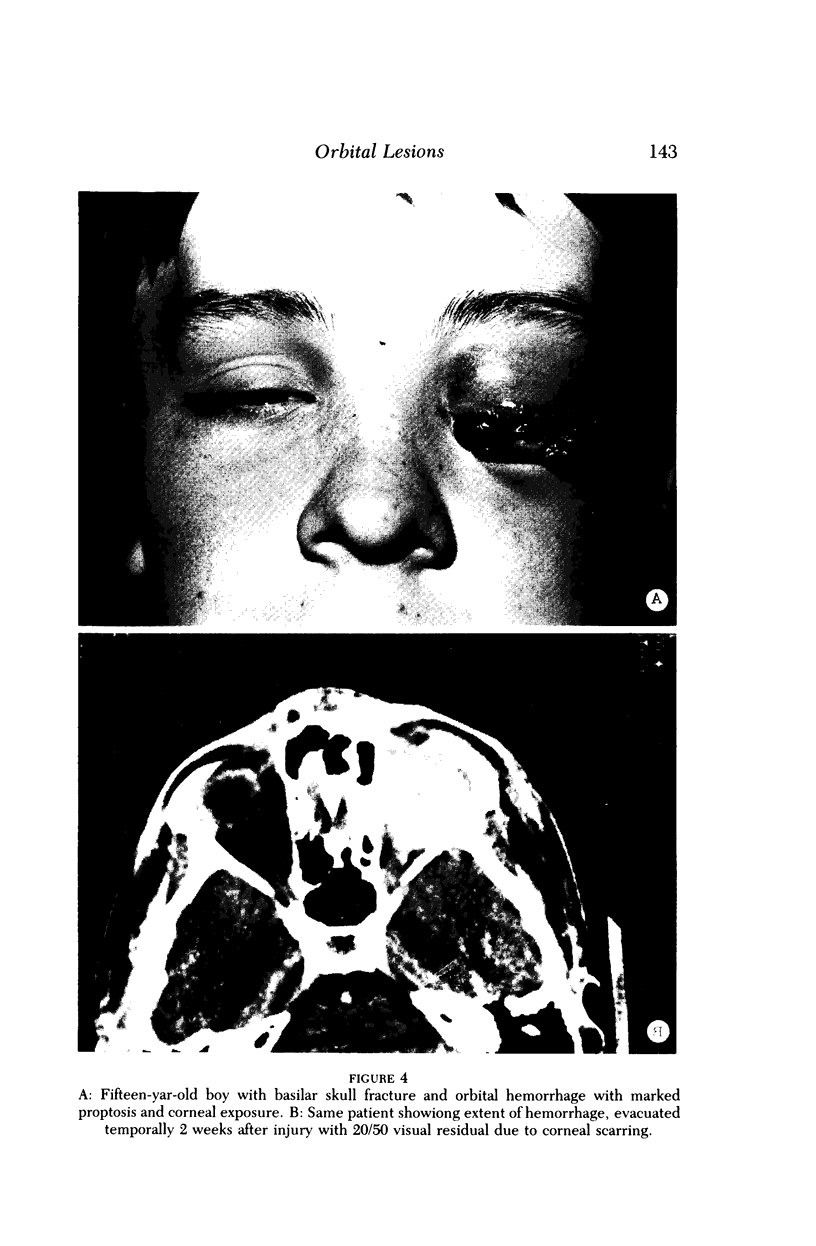
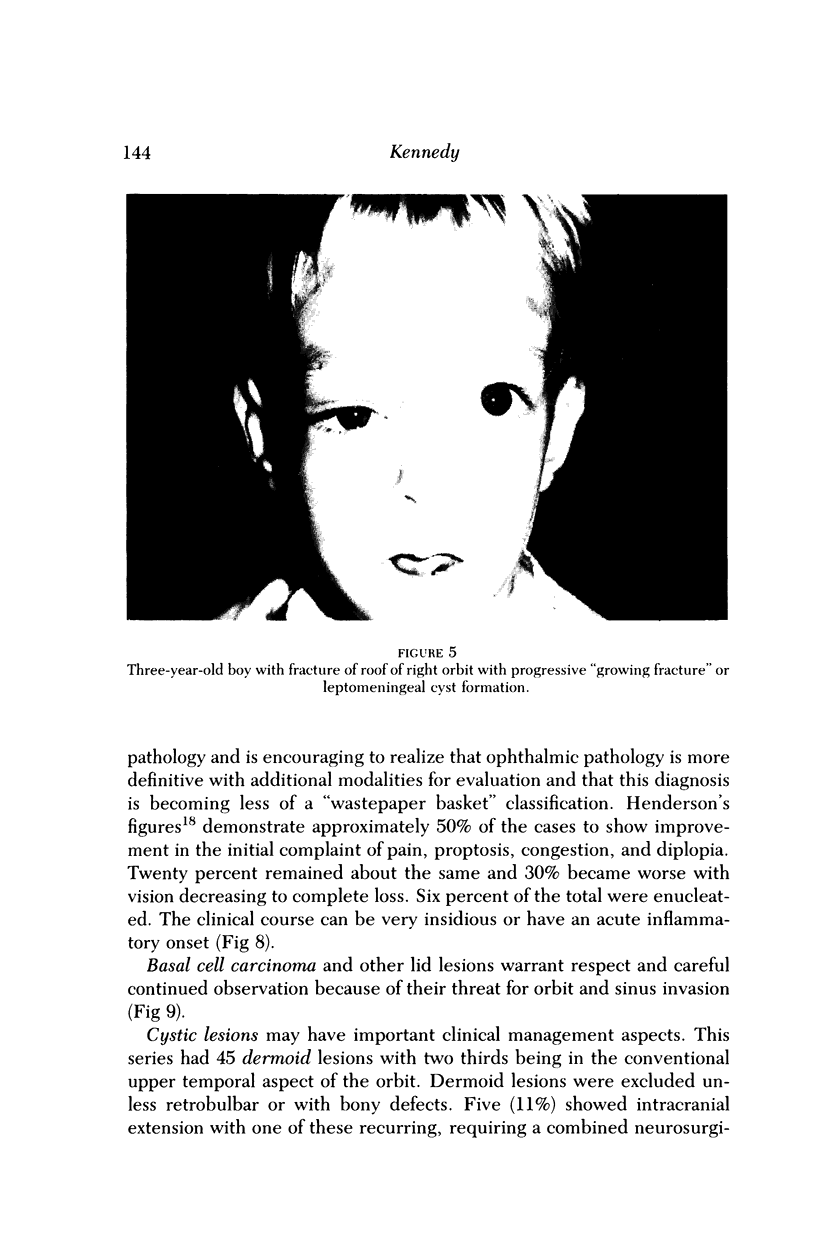
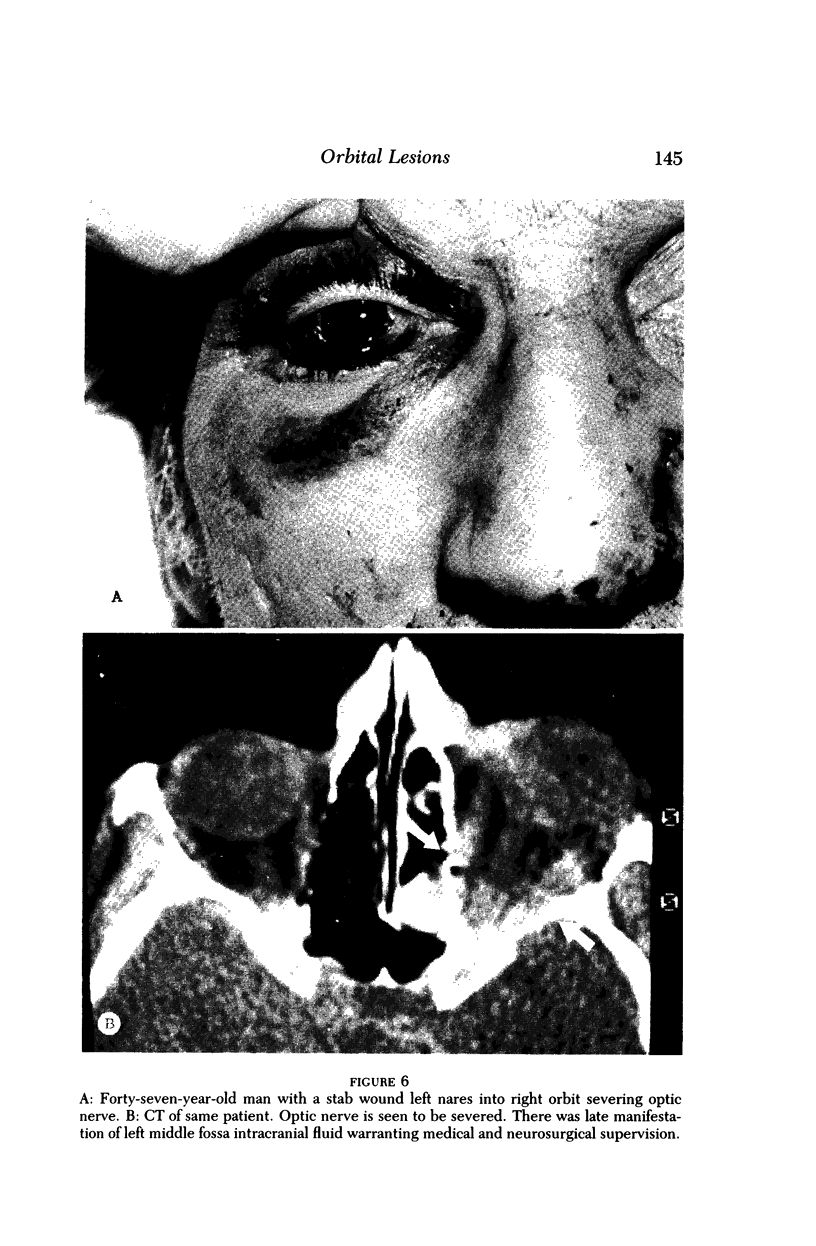
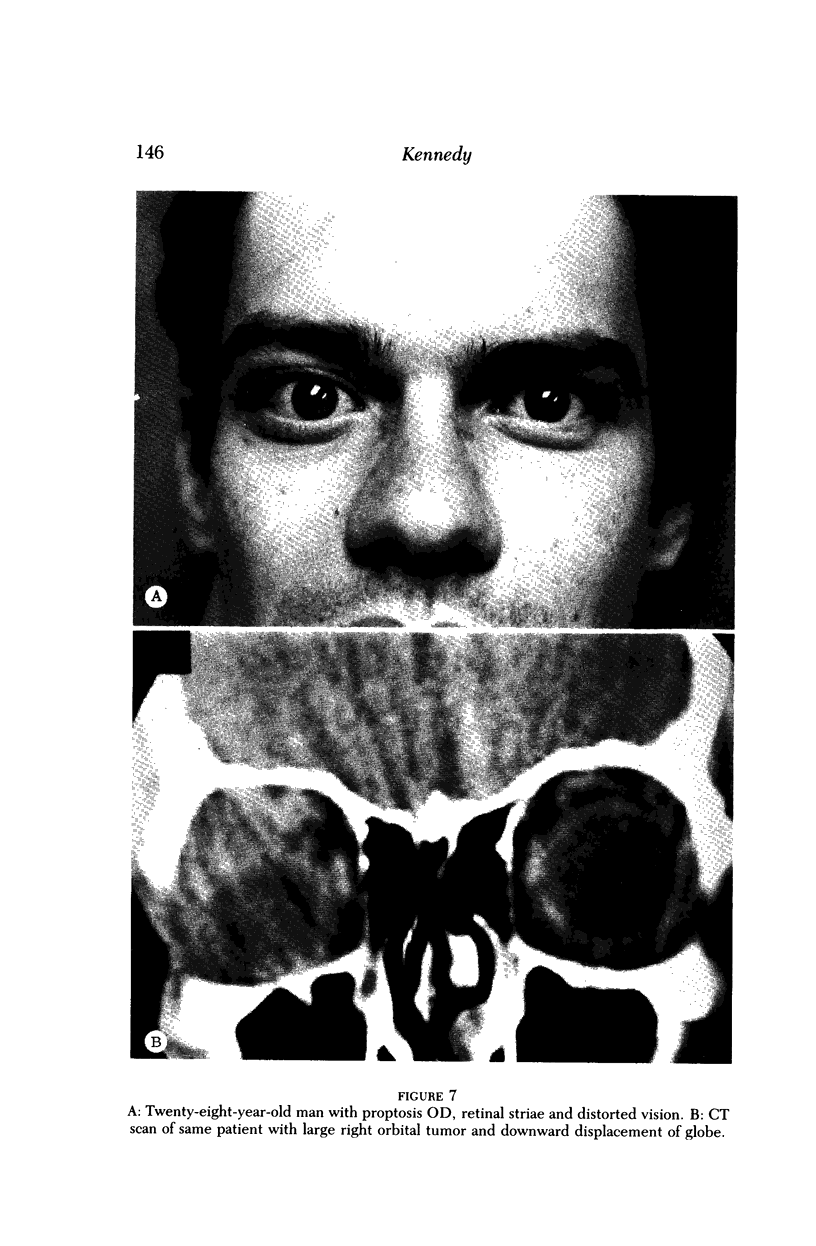
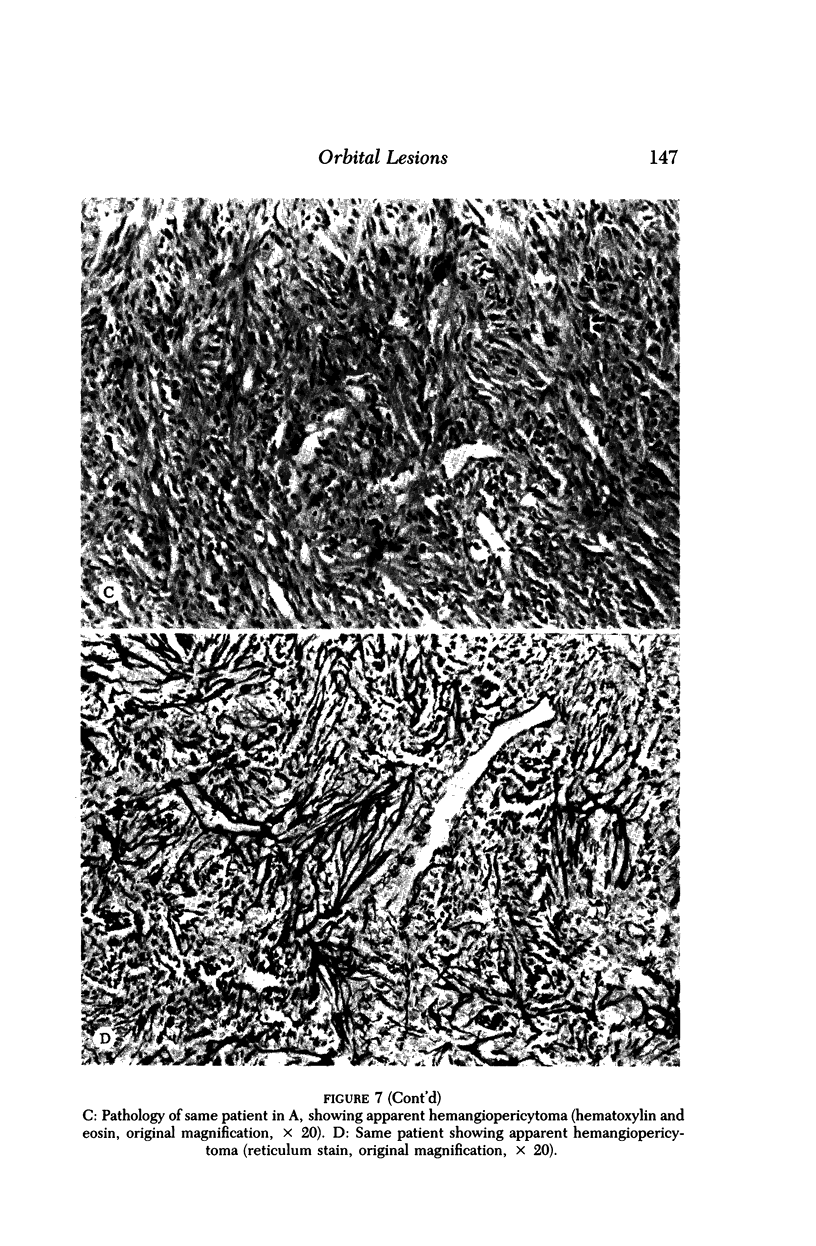

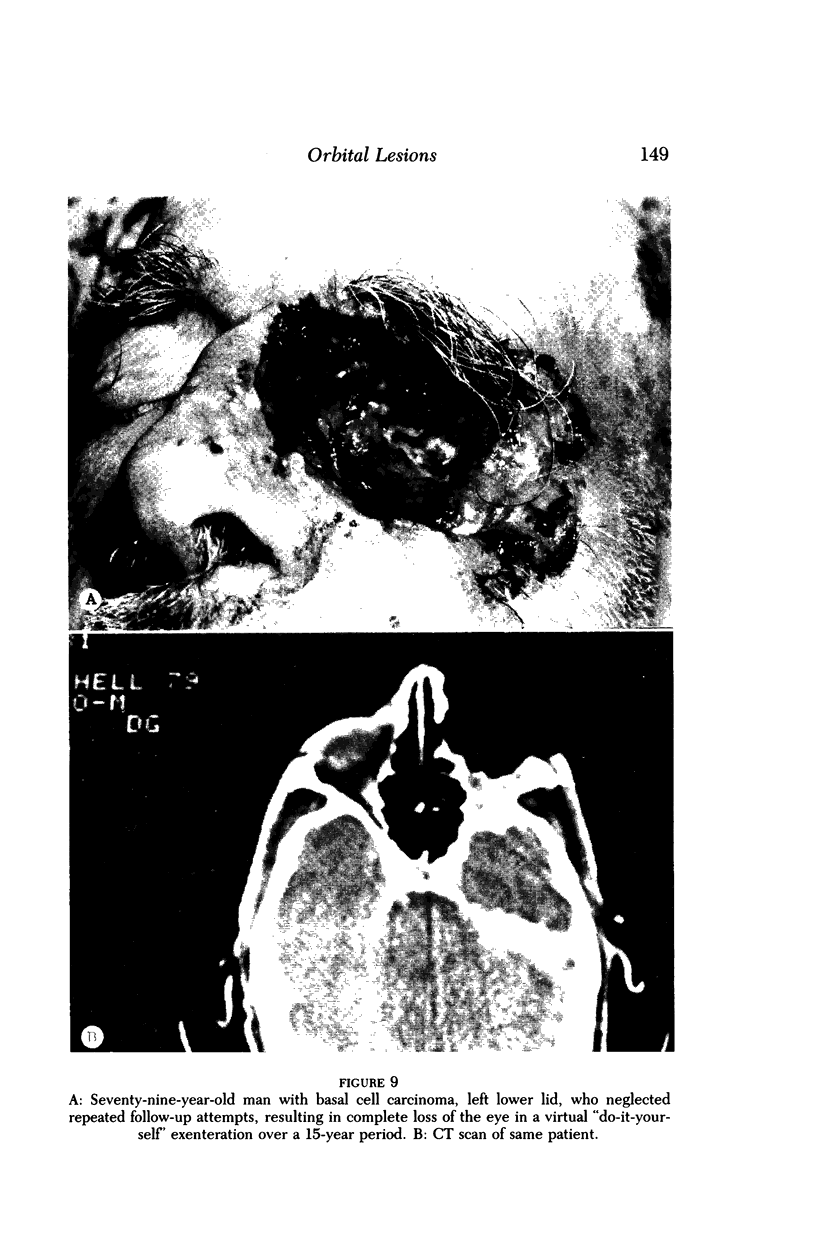
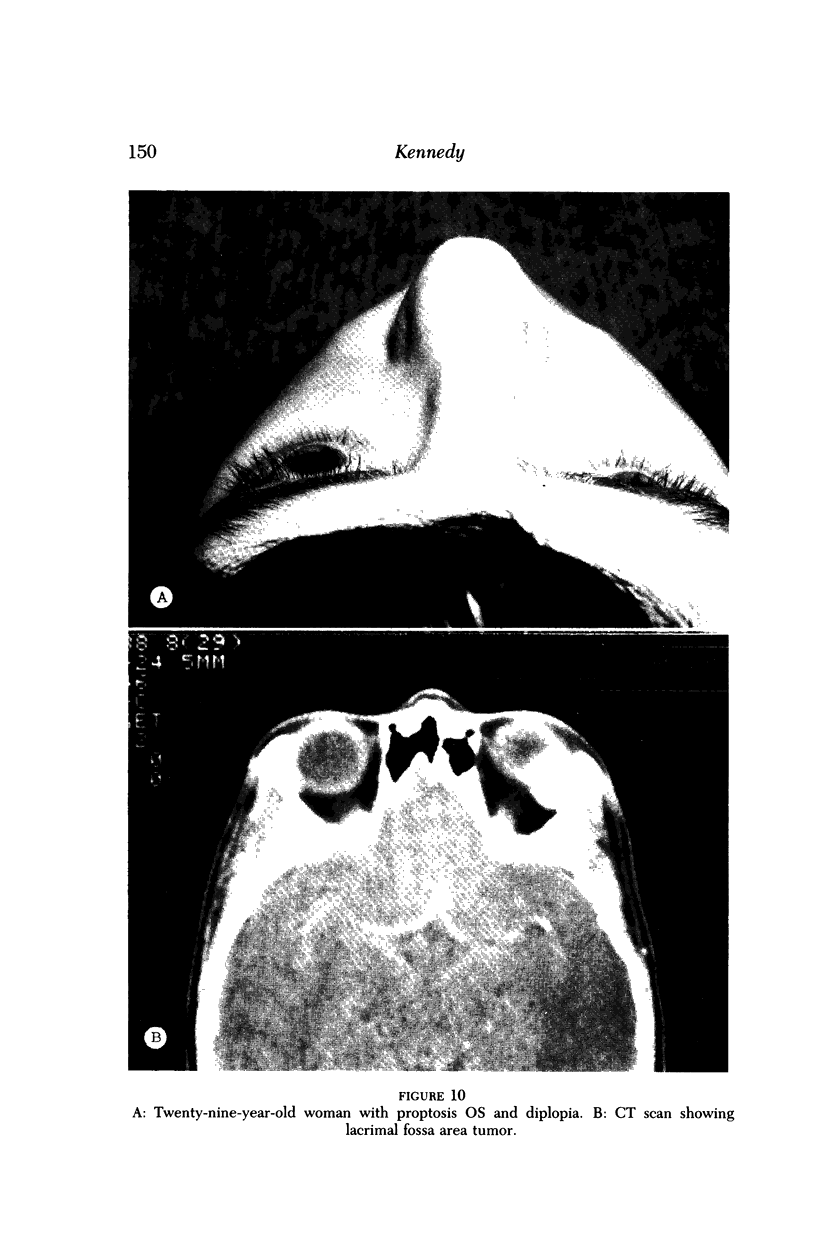
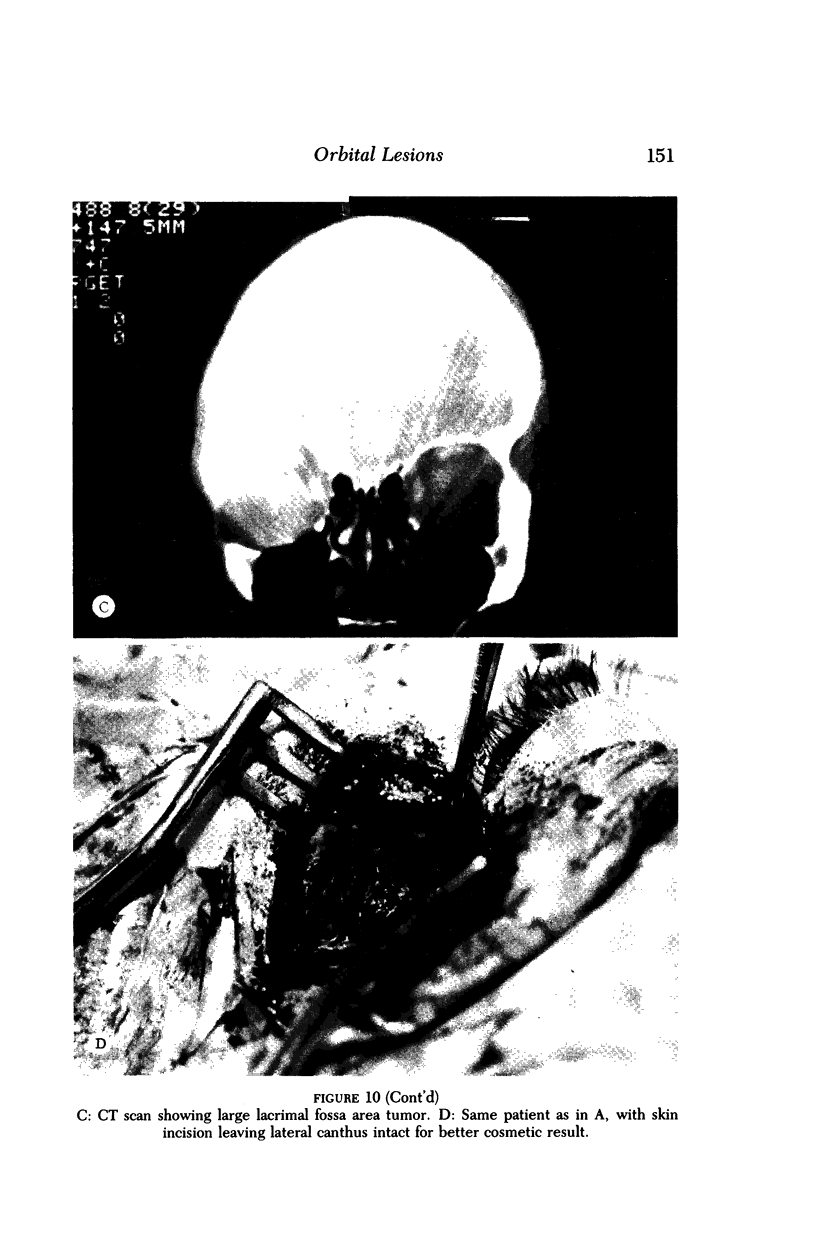
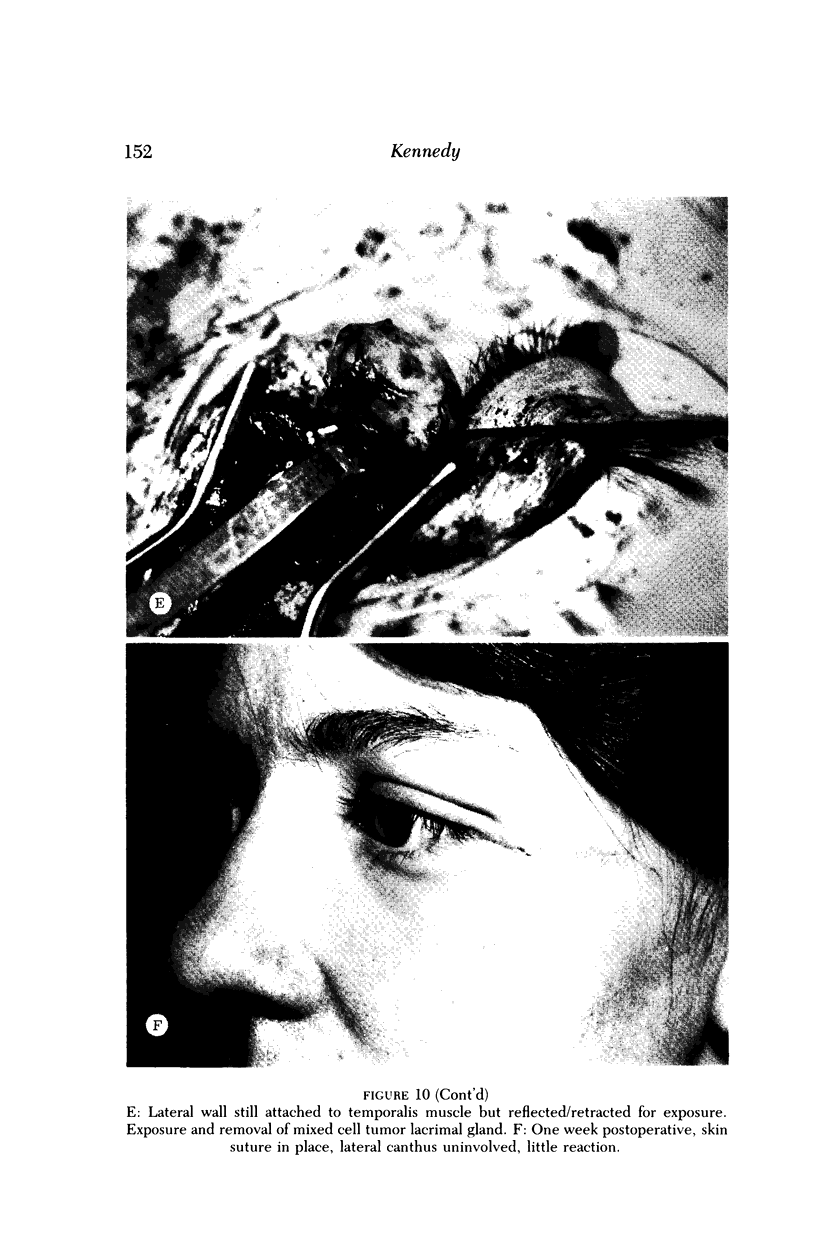
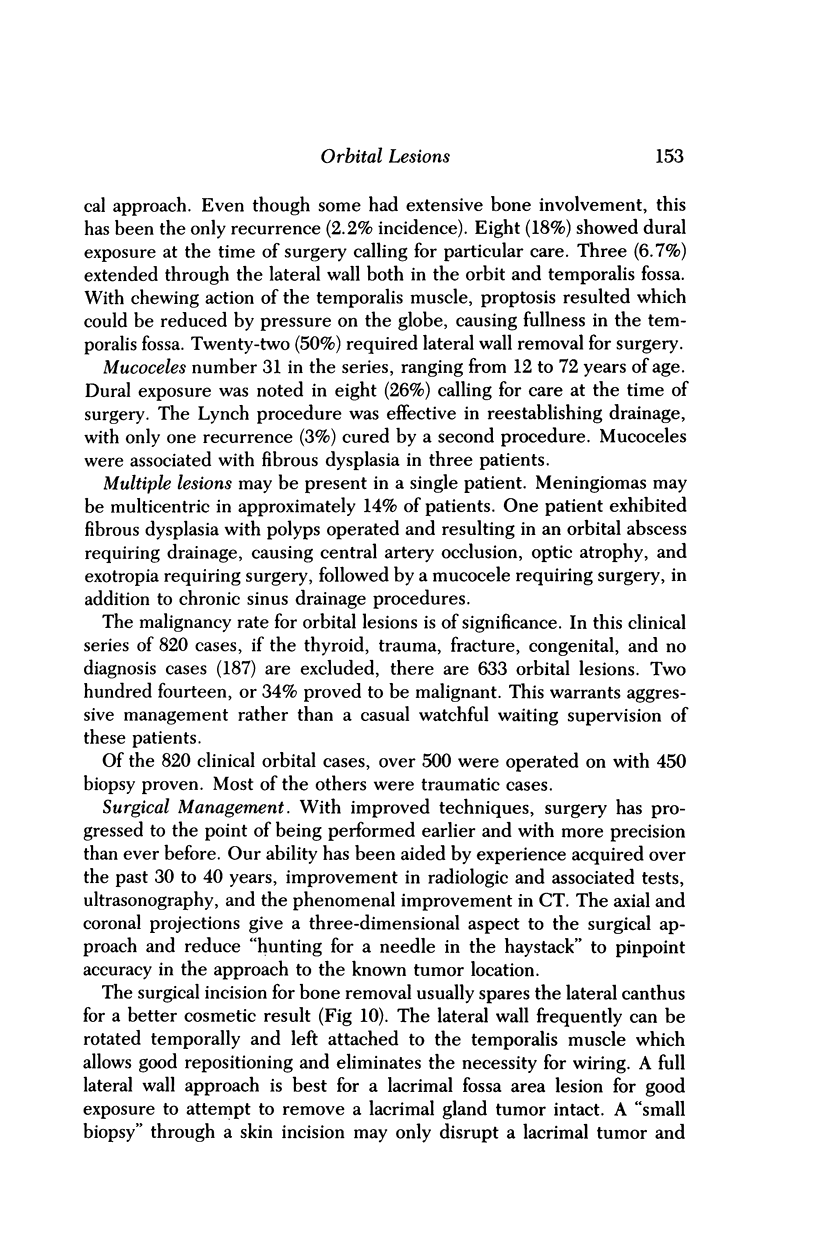
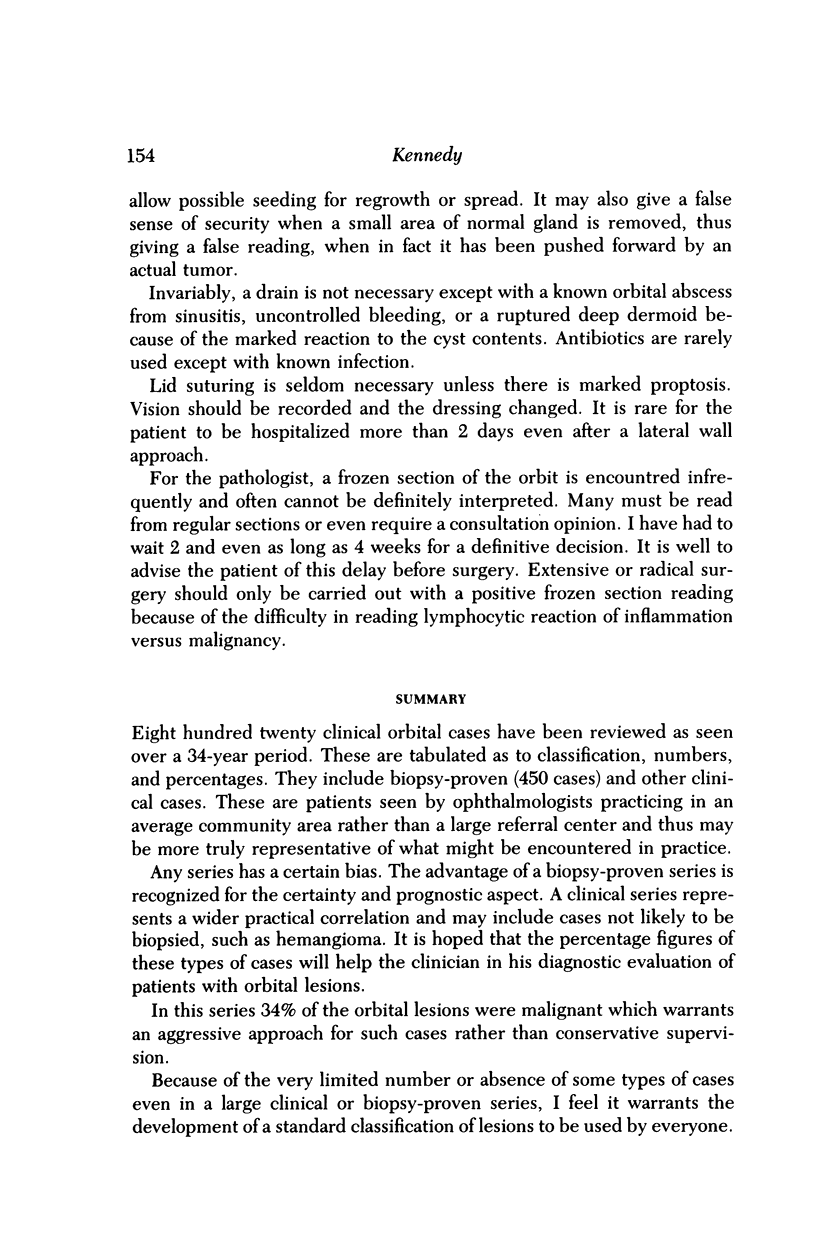
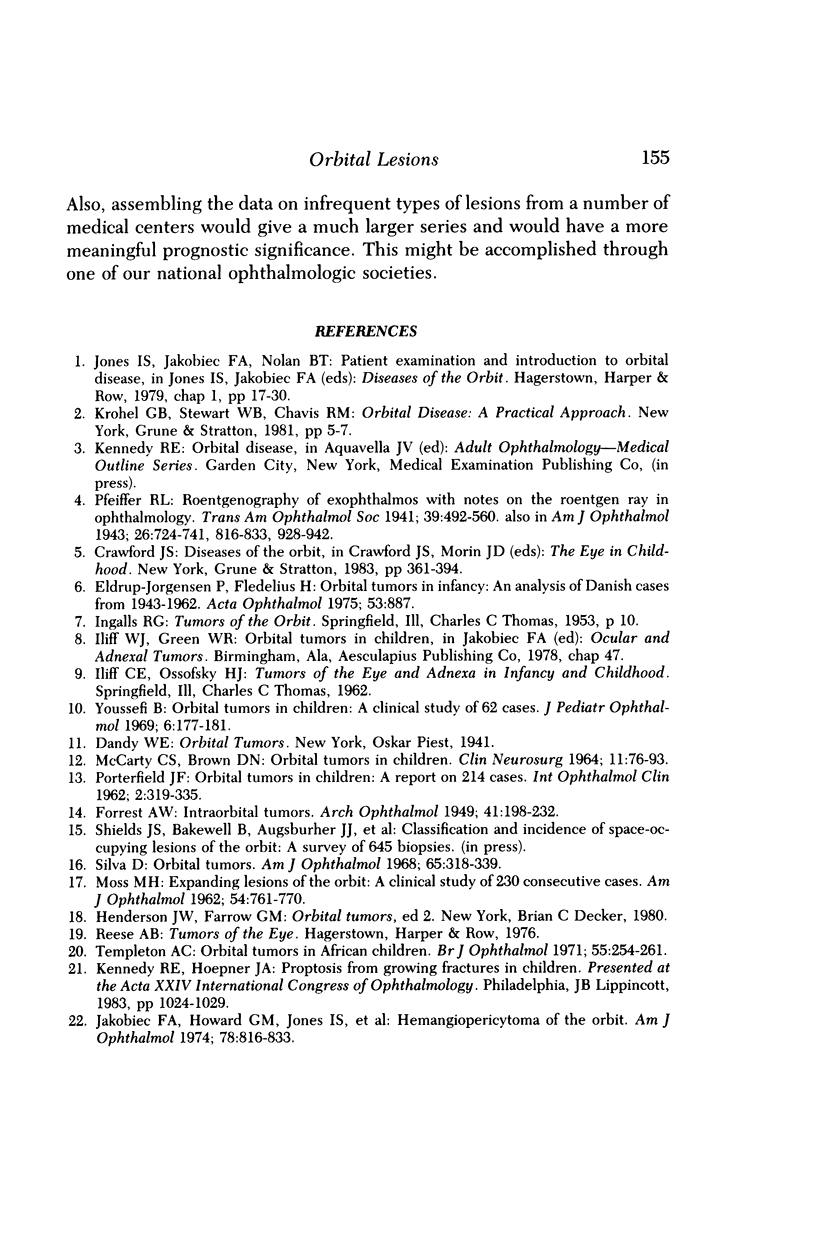


Images in this article
Selected References
These references are in PubMed. This may not be the complete list of references from this article.
- Eldrup-Jorgensen P., Fledelius H. Orbital tumours in infancy. An analysis of Danish cases from 1943-1962. Acta Ophthalmol (Copenh) 1975 Dec;53(6):887–893. doi: 10.1111/j.1755-3768.1975.tb00407.x. [DOI] [PubMed] [Google Scholar]
- Jakobiec F. A., Howard G. M., Jones I. S., Wolff M. Hemangiopericytoma of the orbit. Am J Ophthalmol. 1974 Nov;78(5):816–834. doi: 10.1016/0002-9394(74)90306-7. [DOI] [PubMed] [Google Scholar]
- MOSS H. M. Expanding lesions of the orbit. A clinical study of 230 consecutive cases. Am J Ophthalmol. 1962 Nov;54:761–770. doi: 10.1016/0002-9394(62)94157-0. [DOI] [PubMed] [Google Scholar]
- MacCarty C. S., Brown D. N. Orbital tumors in children. Clin Neurosurg. 1964;11:76–93. doi: 10.1093/neurosurgery/11.cn_suppl_1.76. [DOI] [PubMed] [Google Scholar]
- Pfeiffer R. L. Roentgenography of Exophthalmos, with Notes on the Roentgen Ray in Ophthalmology. Trans Am Ophthalmol Soc. 1941;39:492–560. [PMC free article] [PubMed] [Google Scholar]
- Silva D. Orbital tumors. Am J Ophthalmol. 1968 Mar;65(3):318–339. doi: 10.1016/0002-9394(68)93081-x. [DOI] [PubMed] [Google Scholar]
- Templeton A. C. Orbital tumours in African children. Br J Ophthalmol. 1971 Apr;55(4):254–261. doi: 10.1136/bjo.55.4.254. [DOI] [PMC free article] [PubMed] [Google Scholar]


























